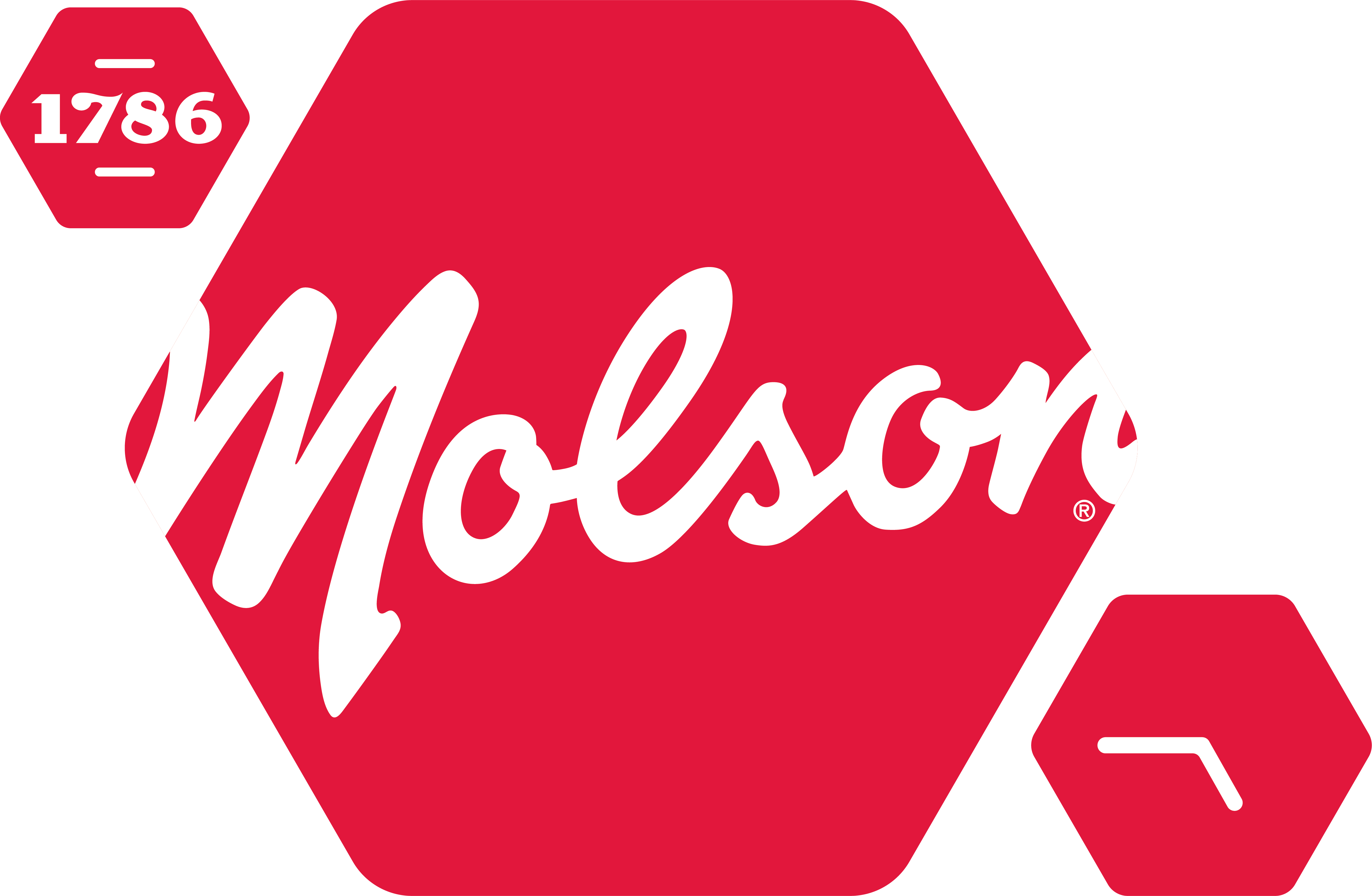Faire la vague
Faire la vague - Michel Goulet
Located a few steps from the main entrance to the building, fourteen tall poles will be aligned and organized into two rows, creating a welcoming passageway that is indicated on the ground by two long rows of lights. The poles will have more than seventy very large white ribbons at various heights that will wave in all directions. Points of light, sparkles and flashes will accentuate their movements. As the ribbons light up, a flood of coloured sparkles will come to life and emphasize their waving. The light show will not always be the same; it includes surprises and rhythms that reinvent themselves. Often, things will go quiet only to explode into a shower of light akin to fireworks.
While amplitude, strength and progression define a wave, it can also be harmonious when the term refers to the ritual crowds partake in when they want to encourage their team, knowing that they are an integral part of a community. The wave is the very image of social cohesion.
Faire la vague expresses belonging to a group by proudly displaying colours of celebration and freedom. It also expresses the idea of surpassing oneself, of pleasure and triumph, and finally, by closing the ranks to create a passage, true solidarity.
Michel Goulet – Sculptor
Renowned for his undeniable contribution to public art, sculptor Michel Goulet has created more than forty permanent works. In 1990, he created a work for the Doris Freedman Plaza, Central Park, New York, and that same year the Ville de Montréal ordered a monumental work for the Place Roy which has become a leading example of public art. The Musée d’art contemporain de Montréal mounted a major retrospective of his work in 2004.
Some of his works can be found in Le Havre (first Le Havre Biennale), on the Belvédère Abbé Larue in Lyon, along the central lane of an urban park in Québec City, in downtown Toronto and on Vancouver’s waterfront beaches. Recently, he created a permanent sculpture in Charleville-Mézières, Rimbaud’s hometown.
In l988, he represented Canada at the Venice Biennale and received in 1990 the Prix Paul-Émile-Borduas, the highest distinction granted to a visual artist by the Gouvernement du Québec. In 2008, he won a Governor General’s Award and in 2010, the Université de Sherbrooke presented him an honorary doctorate. Recently, he was named a Member of the Order of Canada (2012).



